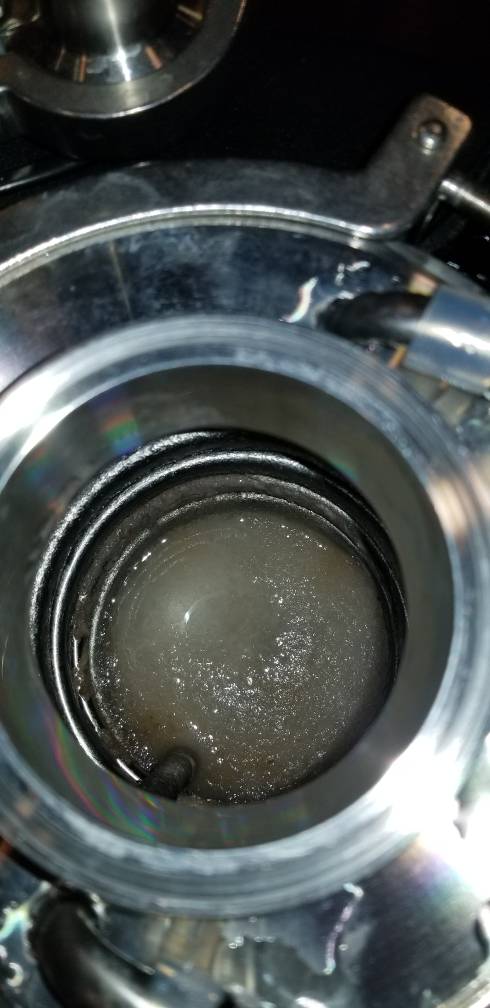I just moved a 12 gallon batch of a Czech pilsner lager to kegs, second keg only filled about 4 gallons. I couldn't imagine I took that many samples but nothing else was coming so not sure what I did wrong. Just opened up the fermenter to clean it for the next batch, the coils have a massive Frozen block around them. I'll have to check my gravity on the beer I kegged because it must be stronger than I thought. I've been using my own homemade glycol cooler which seems to work great. However I really don't know what I could have done that would have made it freeze so bad. I obviously have the temperature too cold for the glycol bath. However when I was trying to lager at 32 with the glycol at 29 it wasn't getting there. So I dropped the temperature to somewhere between 15 and 20 for the glycol. I have no idea how to improve this because the unitank isn't well enough insulated to lager at 32 with a just slightly cooler glycol. I see this as a major shortcoming of this fermenter now and definitely a warning to all to make sure you're keeping an eye on your temperature and beer for ice if you're using glycol.









